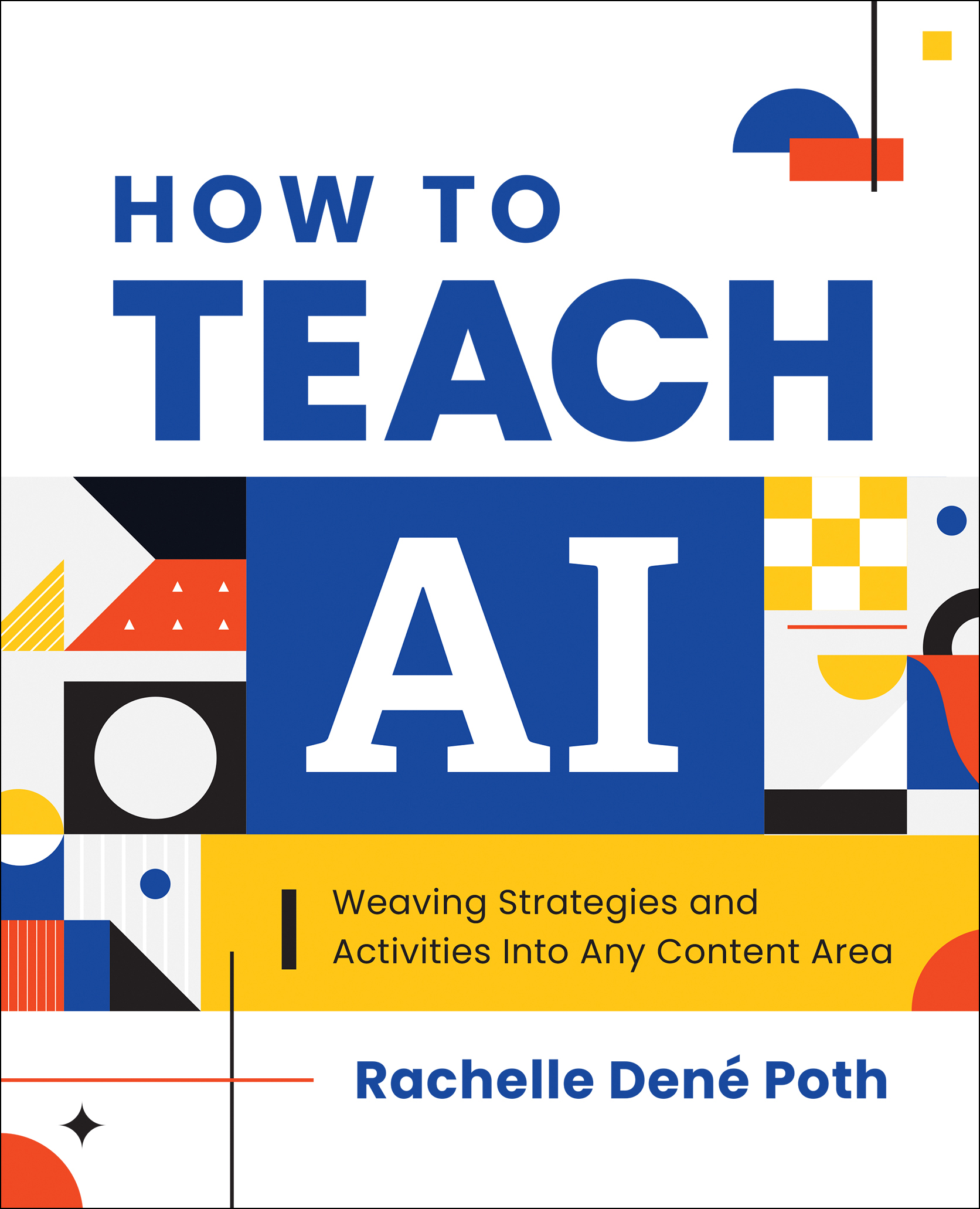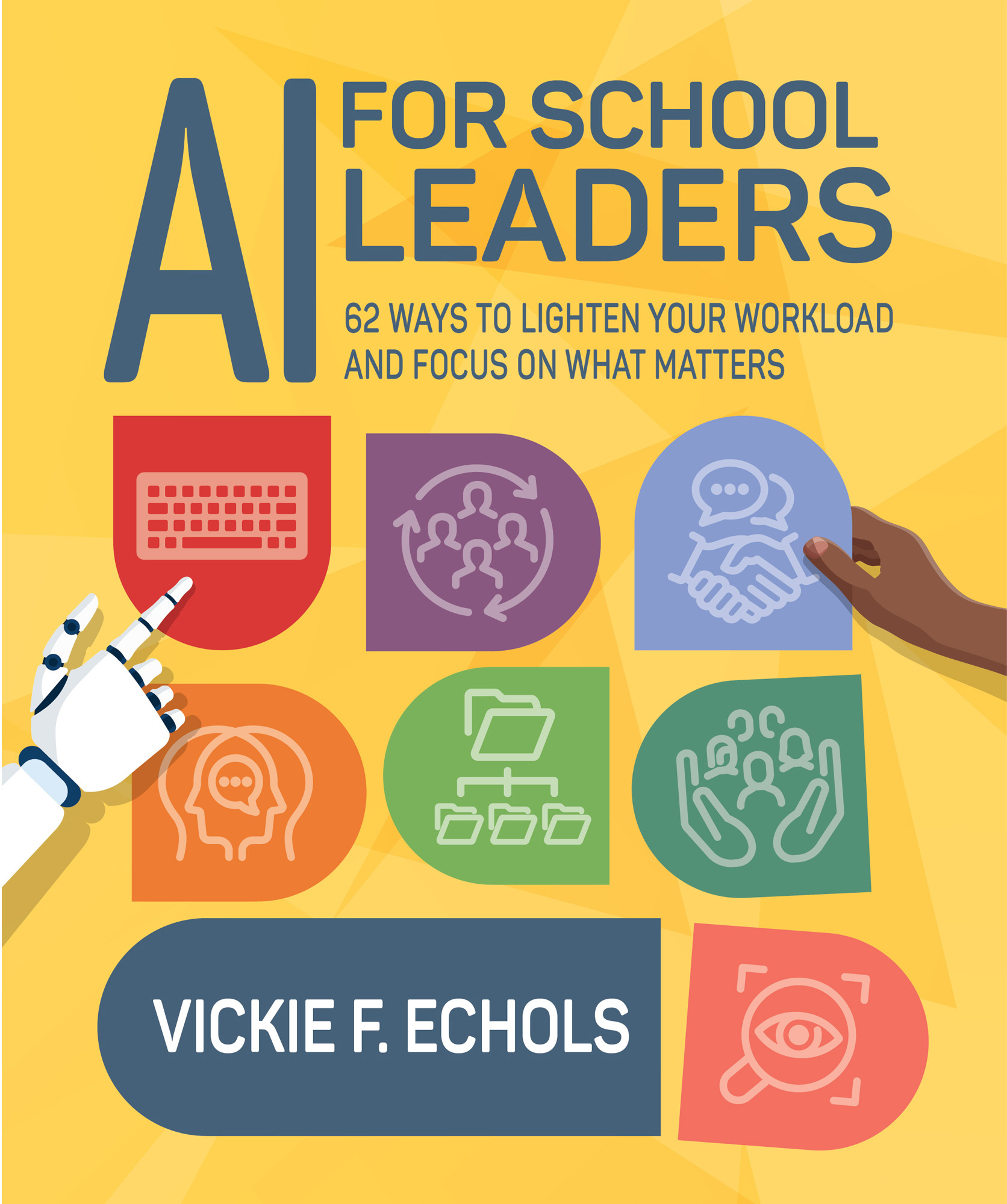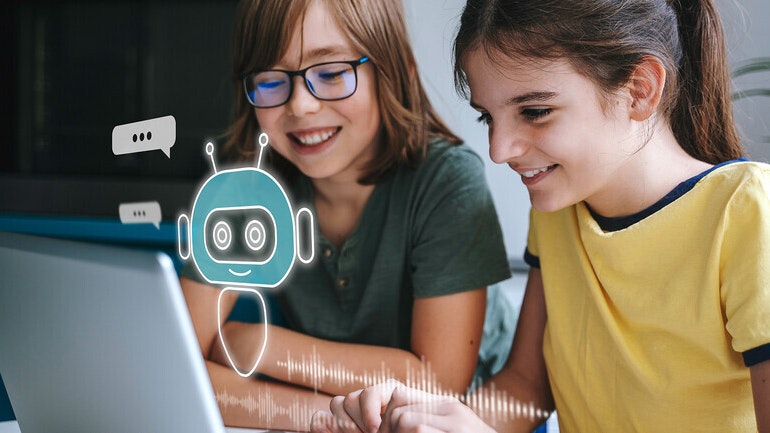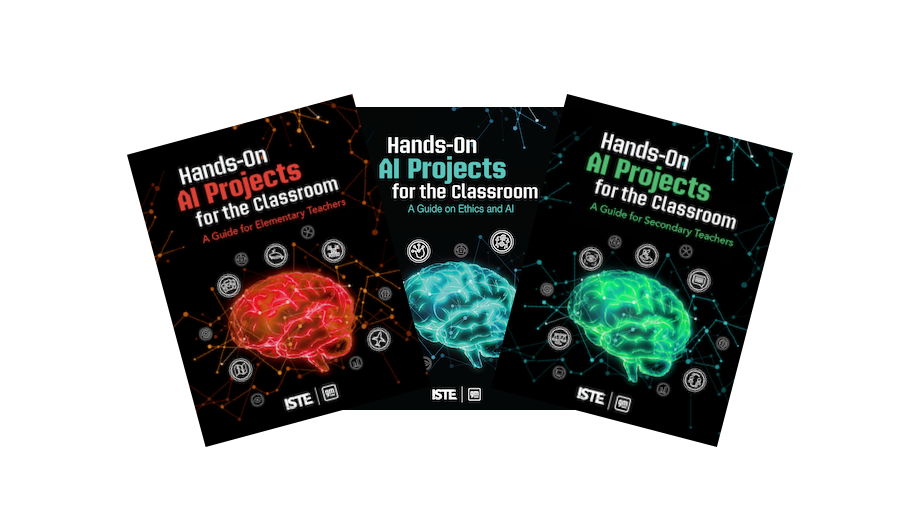ISTE+ASCD empowers educators worldwide to safely and responsibly use AI in learning. As the largest provider of AI professional development, ISTE+ASCD brings educators together to enhance learning and prepare students to become the next generation of AI designers and problem-solvers. Join us in exploring the ways AI tools can support Transformational Learning Experiences while addressing the ethical considerations of using this powerful new technology for learning.
Artificial Intelligence
in Education
AI Professional Development
We offer a wide range of online, blended, and in-person learning about AI for beginners all the way to experts.

AI Deep Dive for Educators provides a complete introduction to artificial intelligence (AI) in education, guiding educators from foundational AI concepts through practical implementation strategies. Participants will learn to leverage AI tools for designing engaging learning experiences and transforming their instructional practices.

This course is designed to get beyond the basics, equipping you to curate, create, and critically assess AI technologies and ensuring they enhance your educational goals in meaningful and responsible ways. Note: This course was previously named Next Level AI Skills for Educators - same great content with a new name.
Custom AI Training for Your School
ISTE collaborates with educators and leaders across schools, districts, states, and ministries to build an understanding of AI. Contact us and learn more.
StretchAI
ISTE+ASCD is developing the first Al coach specifically for educators. With StretchAI, educators can get tailored guidance to improve their teaching with answers based on carefully validated set of research-based publications.
AI Lessons
Educators can strengthen students' AI literacy through various hands-on activities, ranging from technology-free "unplugged" exercises to the development of chatbots and simple video games. The curriculum includes specialized guides tailored for different teaching contexts - elementary school, secondary school, elective courses, and computer science classes - along with a dedicated guide focusing on AI ethics.
These educational resources are available for download in English, Spanish, and Arabic.
Dive Deeper into AI for Education
Education leaders must focus on safe, responsible, and effective use of AI that supports the overall instructional vision. Download this free PDF guide (UK version PDF) to get the background you need to guide your team in an AI-infused world.

How to Teach AI: Weaving Strategies and Activities Into Any Content Area
Get practical tools and strategies for teaching AI across the K-12 curriculum with this accessible guide.
By Rachelle Dené Poth
$26.24 (You Save 25%)
$34.99 (Regular Price)

AI for School Leaders: 62 Ways to Lighten Your Workload and Focus on What Matters
This practical guide helps school leaders leverage the power of AI to explore possible solutions to problems and generate actionable steps toward positive change.
By Vickie F. Echols
$28.49 (You Save 25%)
$37.99 (Regular Price)
AI Videos
Explore the innovative solutions for real-world problems our students are solving as AI designers and creators as well as how educators are integrating AI into the classroom. Learn more about the student projects from ISTELive.
Featured Stories
Explore curated stories from ISTE, ASCD and EdSurge.














